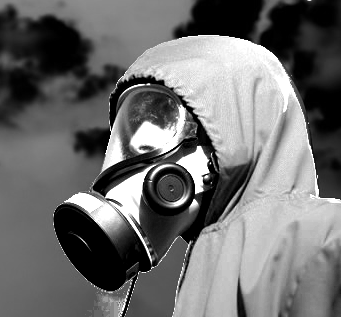EPA green lights NT waste site

The proposed Chandler facility would be Australia’s largest hazardous waste surface storage facility, storing around 9 per cent of the nation’s 5.6 million tonnes of hazardous waste.
EPA NT chairman Paul Vogel says the size of the project is part of what makes it a safe option.
“Having hazardous waste stored in a deep geological repository and subject to stringent regulation is a better environmental solution for hazardous waste than storing it in all sorts of facilities around Australia subject to unknown and perhaps inadequate regulation,” he said.
“So I think it's better to have it in one spot that we all know about and tightly regulated and well managed.”
The company behind the planned facility, Tellus Holdings, wants it located around 120 kilometres south of Alice Springs.
But the local Titjikala Indigenous community is divided about the benefit and risks of such a project.
Some fear that waste will leak into the surrounding land and water supplies, while others support the potential job creation for Aboriginal people and promised road infrastructure upgrades that come with the facility.
The Chandler Mine project will create 270 jobs during the three years of construction and 180 ongoing jobs after that, with a target of 10 per cent Indigenous employment, its proponents claim.
Local environmental groups have a number of concerns.
“We do have some real concerns around the fact that this type of hazardous waste storage facility has never been tried in Australia before, we have concerns around the monitoring, compliance and also the enforcement,” says Arid Lands Environment Centre assistant manager Nicole Pietsch.
“There's examples in France and Germany where these kinds of waste storage facilities have existed and that there's accidents that have happened and then there's a huge environmental and financial cost to clean that up.
“We acknowledge the concerns of some Titjikala residents who don't feel like they have been properly informed and who also have concerns about how this project may impact on cultural responsibilities of looking after country.”
Dr Vogel says the EPA’s assessment looked at the potential risks, and made its approval contingent on 19 recommendations.
“Subject to all those controls, there should be no level of significant impact to water resources or biodiversity or air quality,” he said.
“This is the first national deep geological repository for hazardous waste that's been undertaken in Australia so that being the case this was subject to a very rigorous impact assessment.
“There would need to be, over time, a very high level of regulatory oversight to ensure that this facility indeed manages those identified potential impacts and risks.”
The recommendations include annual independent and publicly disclosed audits, making sure the waste meets waste acceptance criteria, safety assessments, and an independent financial assessment of the company.
Tellus Holdings managing director Duncan van der Merwe says similar facilities are quite common internationally.
“I'm pleased to see and hear that in the broader community there's an acceptance that there's a waste problem out in Australia,” he said.
“We do need to manage our waste materials differently and there's an acceptance that we should view waste as a valuable source and we should find ways to recycle, recover and create more jobs as a result.
“And … on the mining side, diversity of revenue creates long-term stable mines, creates long-term stable economies.”
The Chandler project is still subject to NT Government approval.







 Print
Print